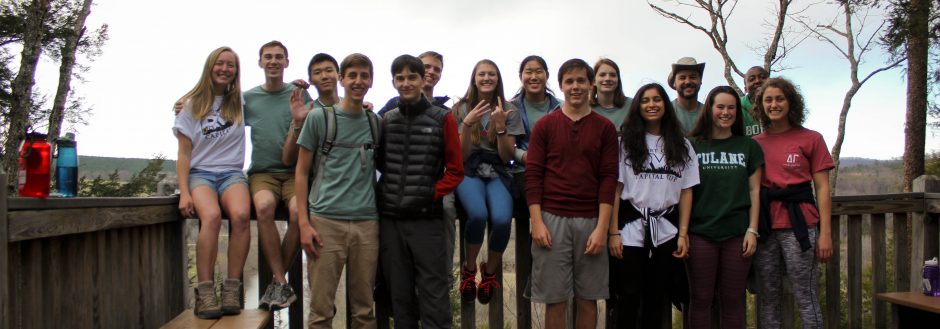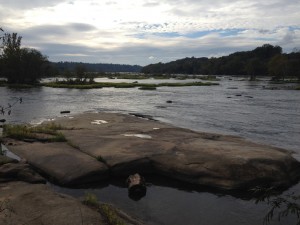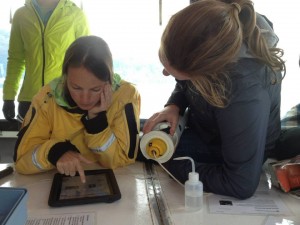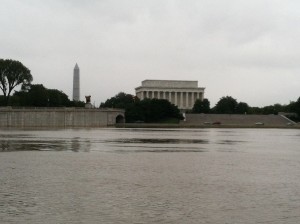As I began walking to my reflection spot, I could not help but notice how much the change of the season had altered the atmosphere on Belle Isle. The last time I was here, it was sunny and warm. Sunbathers lay on the flat rock while dogs, children, and daring young adults splashed around in the calmer waters. On my stroll to my reflection spot this time, I passed only a few people. They were walking their dogs, going for their daily jogs along the trails, and biking on a cool November afternoon. They smiled and bid me hello as I passed, and I could not help but to feel more relaxed and at peace than I did on my last visit when the island was overflowing with noise and life. The leaves are just beginning to really change color, and a dusting of brown leaves, still damp from the rain we recently experienced, were plastered to the floor of the trail. A slight breeze blew and rustled the leaves in the trees as I hurried on to my reflection spot to see just how the change in the weather and season had left it.
I reached my reflection spot and was not at all surprised to find the area completely vacant. An area that teeming with sunbathers on my last visit was now empty with the exception of a flock of geese still wading and floating in the water. The most bizarre thing about it was the contrast in between the atmosphere of vivacious life present on my last visit and the deserted feel of the place this time around. The fact that there was no one else at my reflection spot was no surprise to me because I know that Belle Isle tends to be a spot popular only in the warm months of the spring and summer, like the South Jersey beaches I am accustomed to at home, but it was still a bit unsettling. The island seemed almost lacking because of the lack of life and color on the gray afternoon of my visit, and yet the river rushed on over the rocks and around the islands contours. The beauty and power of the river captivated me on this visit more so than on my last visit, perhaps because of the lack of people and distractions. Without the people splashing around in the water and creating a ruckus all around me, I was truly able to focus on the river.
We have discussed a lot in class the power of the river and the peoples’ fascination with taming it over time, but as I stared at it from my reflection spot, I could not understand why. Why would anyone want to alter something so beautiful and free flowing? I understand the economic pull of such endeavors, but I just cannot imagine wanting to disturb something that has the ability to create such a peaceful feeling within me as the river did on my second visit to my reflection spot. Maybe I am just not the conquering type, but I cannot imagine wanting to tame the James River through manipulation. In my opinion, something that is so naturally unstoppable deserves to remain as it is.




